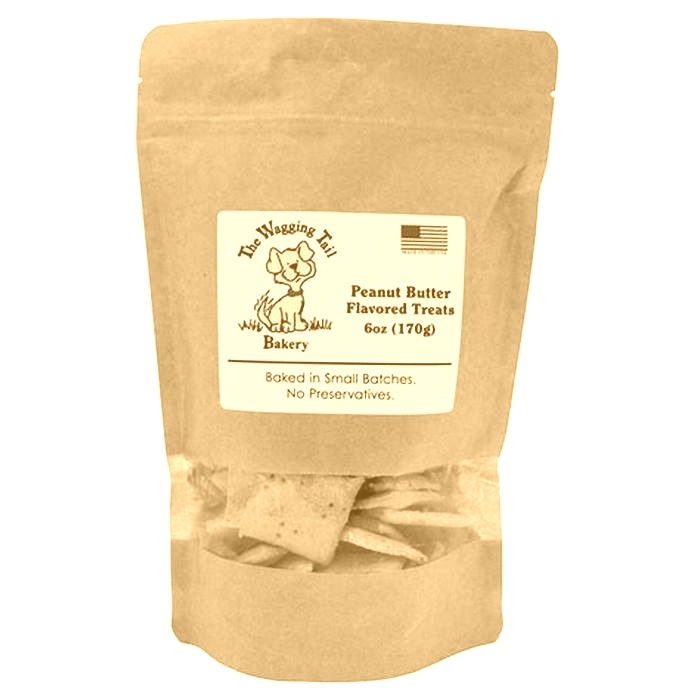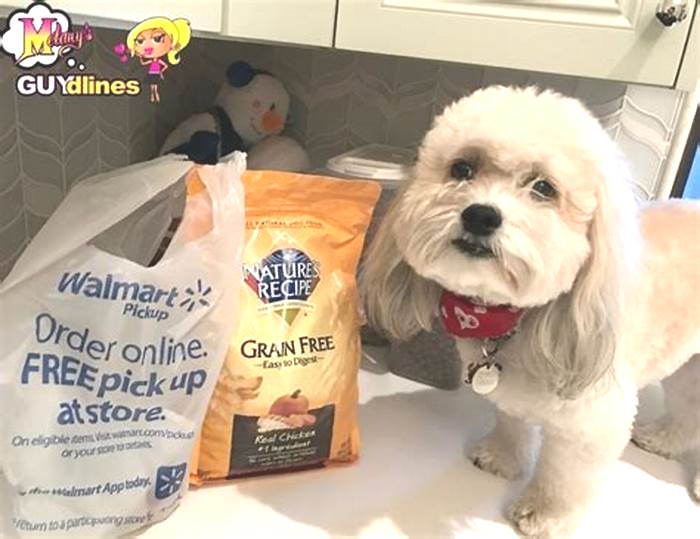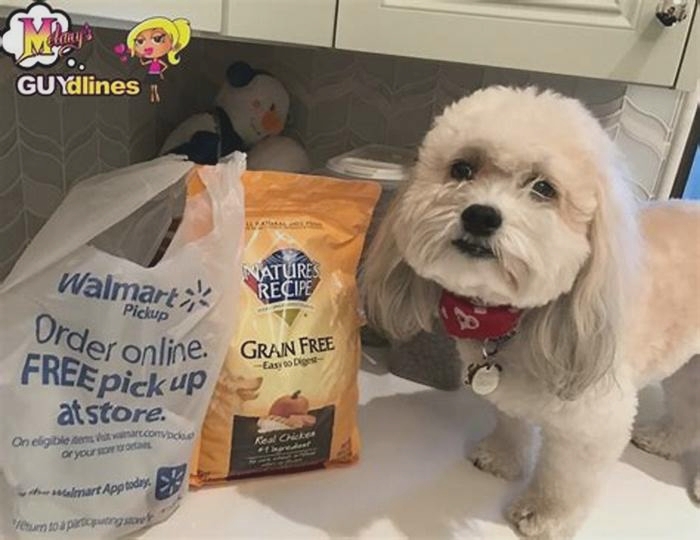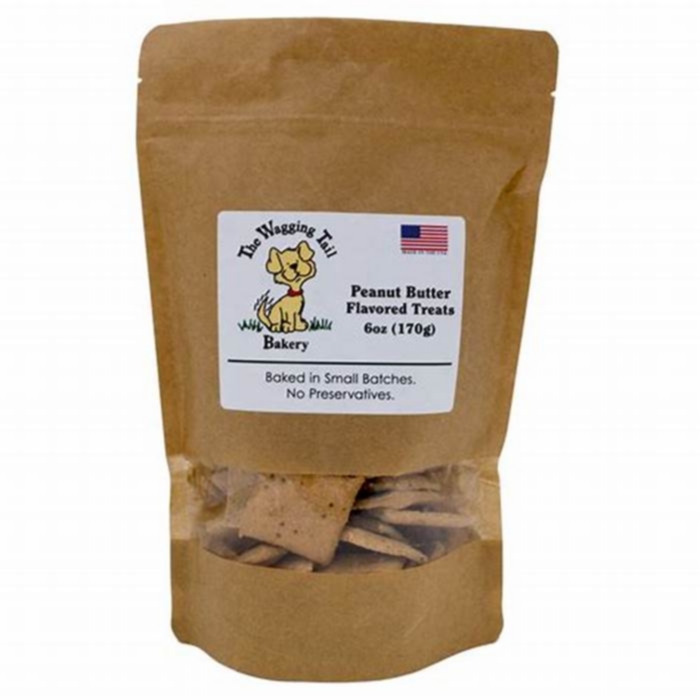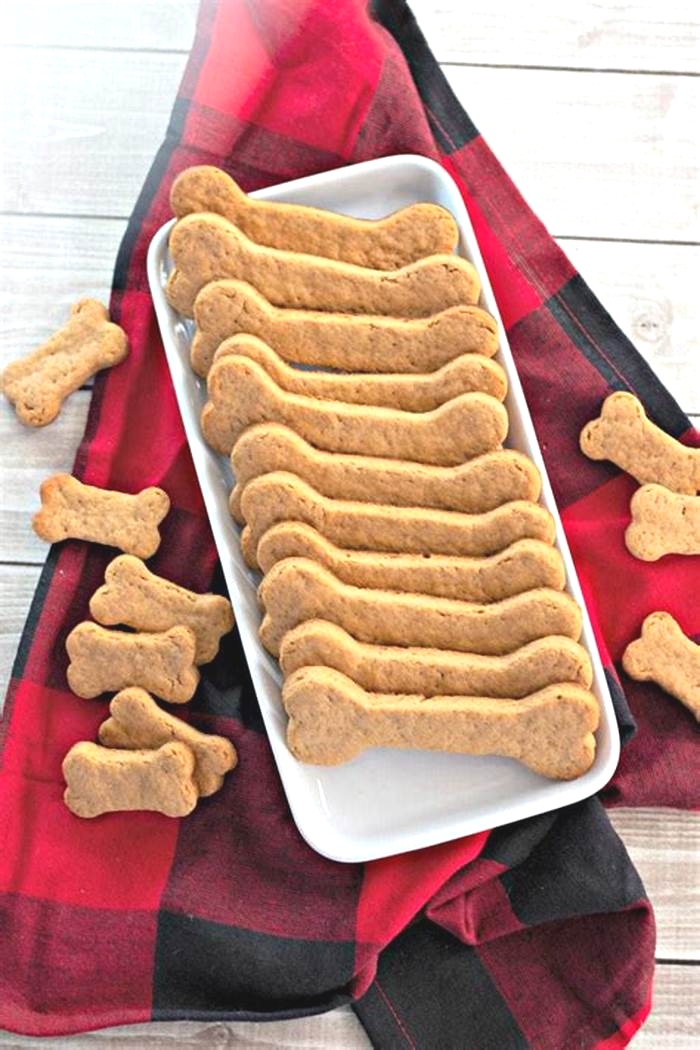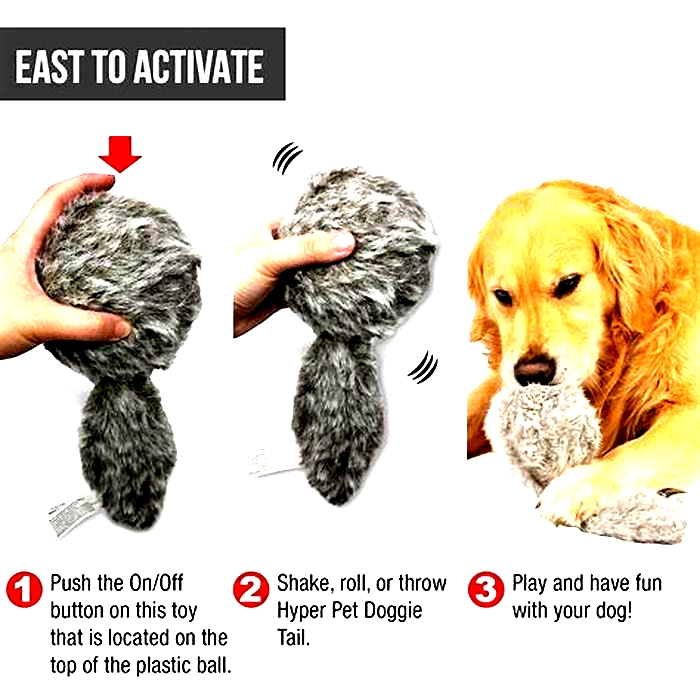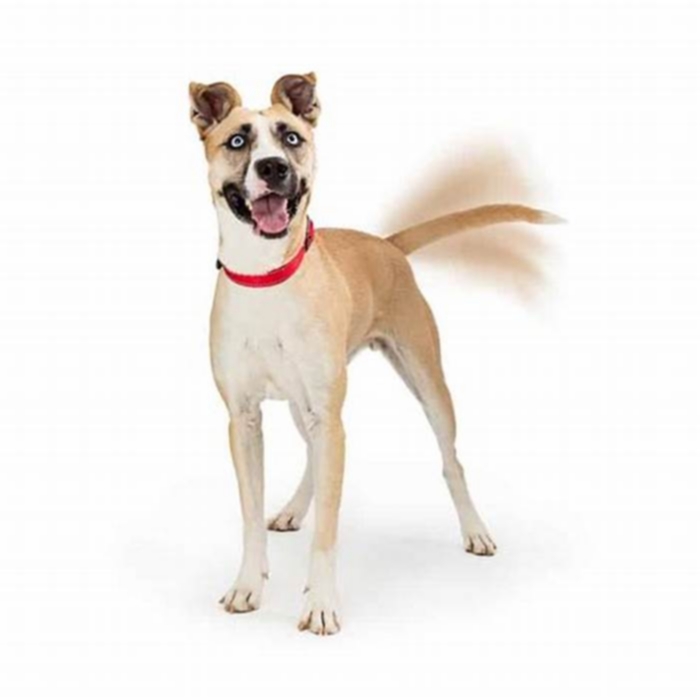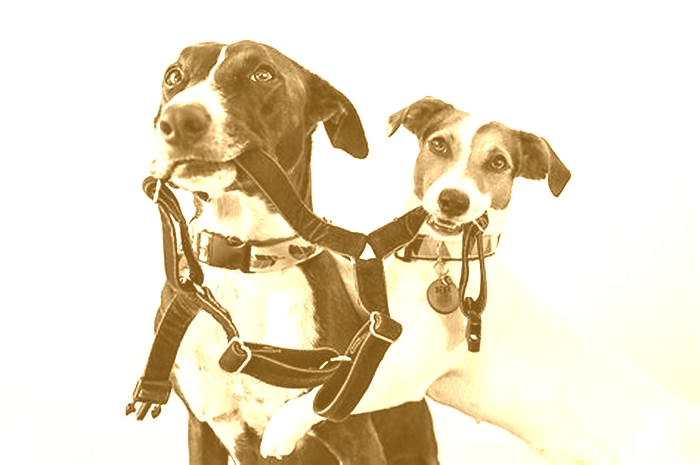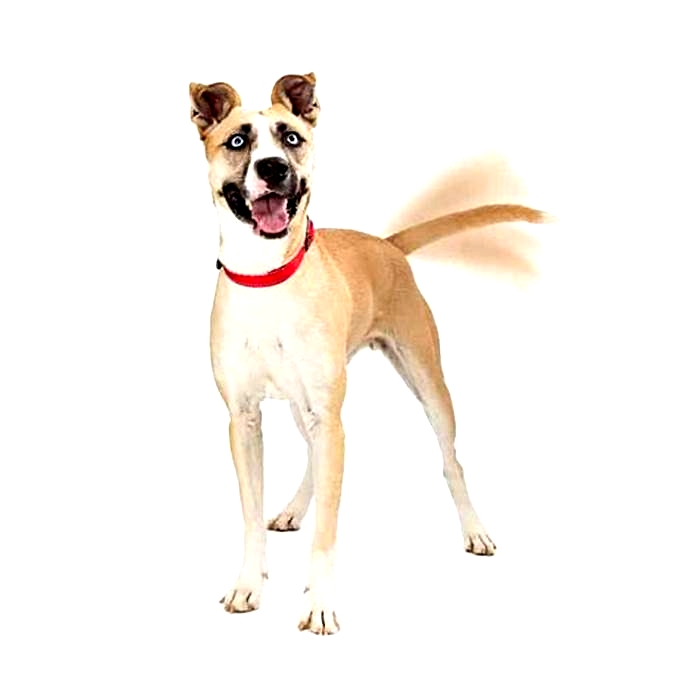Tail Wagging Snacks Exploring Unique Dog Treats
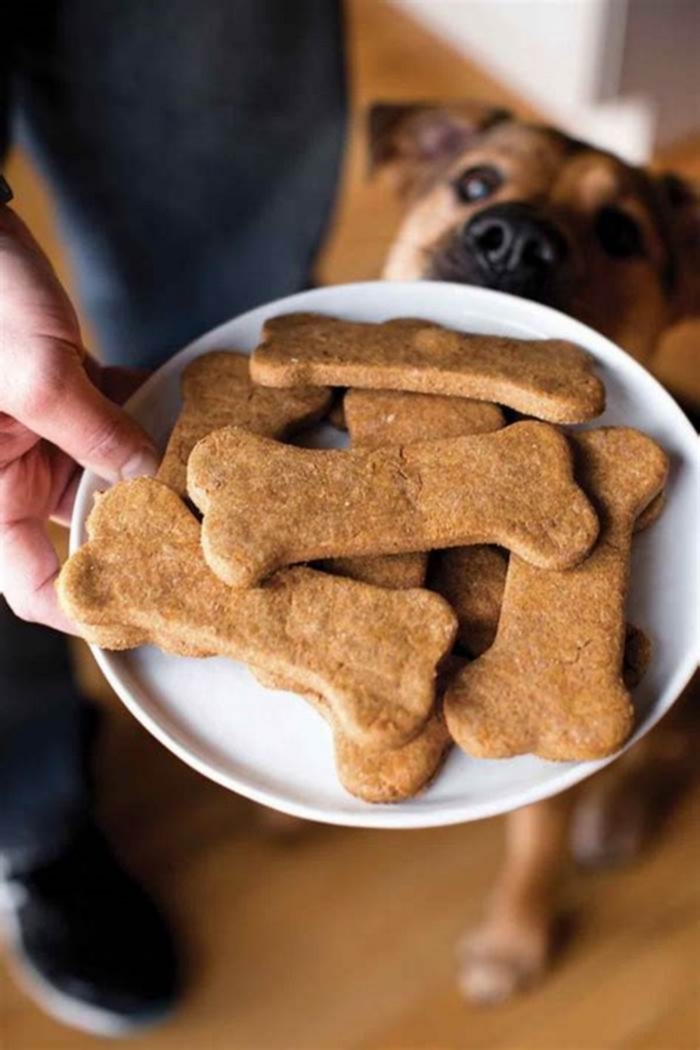
10 Best Treats for Dogs With Pancreatitis: A Tail-Wagging Guide
Hello, dog lovers! If your furry friend is dealing with pancreatitis, you know how important it is to choose their treats carefully. Pancreatitis, an inflammation of the pancreas, means your dog needs a diet low in fat but still full of flavor and nutrition. To help you navigate this challenging condition, weve scoured the canine culinary world for the best treats that are safe, healthy, and delicious for dogs with pancreatitis.
Key Takeaways for Quick Sniffers:
- Low-Fat is Key: Look for treats with low fat content, ideally under 10%.
- Quality Proteins: Choose treats with high-quality, easily digestible proteins.
- Avoid Artificial Additives: Say no to treats with artificial colors, flavors, or preservatives.
- Vegetable-Based Options: Consider treats made from vegetables, which are naturally low in fat.
- Hydration Helps: Treats that boost hydration, like freeze-dried fruits, can be beneficial.
Chart of Champions: Top Treats for Pancreatitis Pooches
| Treat Name | Key Ingredient | Fat Content | Why We Love It |
|---|---|---|---|
| 1. Purina Pro Plan Veterinary Diets Gentle Snackers | Hydrolyzed Protein | Very Low | Vet-approved, highly digestible |
| 2. Hills Prescription Diet Original Dog Treats | Low Fat | Low | Specially formulated for health issues |
| 3. Charlee Bear Grain Free Crunch | Chicken & Apples | Low | Grain-free, minimal ingredients |
| 4. Fruitables Skinny Minis | Grilled Bison | Low | Unique flavors, no wheat, corn, or soy |
| 5. Hills Grain Free Dog Treats | Beef & Sweet Potatoes | Low | Tasty, without the grains |
| 6. Covetrus Nutrisential Lean Treats | Chicken Flavor | Low | Bite-sized, perfect for training |
| 7. Blue Buffalo Health Bars | Pumpkin & Cinnamon | Moderate | Crunchy, with added health benefits |
| 8. Rachael Ray Nutrish Savory Roasters | Roasted Chicken | Moderate | Real meat, no artificial flavors |
| 9. Vital Essentials Freeze-Dried Minnows | Minnows | Very Low | Pure fish, omega-3 rich |
| 10. Afreschi Turkey Tendon | Turkey Tendon | Moderate | Natural chew, cleans teeth while they eat |
The Scoop on Each Treat
Purina Pro Plan Veterinary Diets Gentle Snackers: These are formulated for dogs with digestive issues and are super gentle on the stomach.
Hills Prescription Diet Original Dog Treats: A great companion to prescription diets, these treats support your dogs health without aggravating pancreatitis.
Charlee Bear Grain Free Crunch: With no grains and low fat, these are ideal for sensitive stomachs and weight management.
Fruitables Skinny Minis: Delicious and safe for dogs with dietary restrictions, offering a burst of flavor with every bite.
Hills Grain Free Dog Treats: Focus on flavor without the added grains, making them easier to digest for dogs with pancreatitis.
Covetrus Nutrisential Lean Treats: These treats are not just low in fat but are also perfect for keeping your dog motivated during training sessions.
Blue Buffalo Health Bars: Packed with natural ingredients and added benefits, these treats are a healthier crunchy option.
Rachael Ray Nutrish Savory Roasters: Made with real meat and minimal ingredients, these treats are both healthy and hearty.
Vital Essentials Freeze-Dried Minnows: Offering high-quality protein with the added benefits of omega-3 fatty acids, these are great for your dogs coat and skin.
Afreschi Turkey Tendon: These natural chews help keep your dogs teeth clean while providing a satisfying, low-fat snack.
Conclusion
Choosing the right treats for a dog with pancreatitis can be a balancing act, but its crucial for their health and happiness. By focusing on low-fat, high-quality ingredients and avoiding artificial additives, you can provide your pooch with snacks that are not only safe but also incredibly satisfying. Remember, always consult your vet before making dietary changes, especially for dogs with health issues. Heres to happy, healthy snacking!
Interview with a Veterinary Nutrition Expert
Q: What makes pancreatitis in dogs a particularly challenging condition to manage through diet?
A: Pancreatitis is like walking on a nutritional tightrope. The pancreas plays a pivotal role in digesting fats, so when its inflamed, processing even normal amounts of fat can cause discomfort and flare-ups. The challenge lies in formulating a diet thats low enough in fats to prevent aggravating the pancreas, yet still meets all the nutritional needs of a dog. Additionally, each dog may react differently to certain foods, requiring personalized diet plans.
Q: Can you highlight the importance of low-fat treats in a pancreatitis diet?
A: Low-fat treats arent just a preference; theyre a necessity. In pancreatitis, fat is the enemy that can trigger painful episodes. Providing low-fat treats ensures that were not unknowingly causing harm while rewarding our pets. Its about finding that balance where the treat is both enjoyable for the dog and safe for their condition. This often means relying on treats that are specially formulated to be low in fat but rich in other nutrients, ensuring the dog still gets a satisfying snack without the risk.
Q: How do the recommended treats help manage pancreatitis while still engaging a dogs taste buds?
A: Its all about creativity and understanding canine nutrition. Manufacturers of these treats often use ingredients that are naturally low in fat but high in flavor. For example, hydrolyzed proteins provide a safe protein source without the fat, and ingredients like pumpkin and apple offer a sweet, satisfying crunch. Each treat is designed to be more than just a snack; its a carefully balanced supplement to their diet that dogs genuinely enjoy. The variety available also means dogs can enjoy different flavors and textures without their owners worrying about pancreatitis flare-ups.
Q: With the emphasis on low-fat and high-quality ingredients, how can pet owners ensure theyre choosing the right treats?
A: Pet owners should become label detectives. Understanding the nutritional information on treat packaging is crucial. Look for treats with clearly marked low-fat content, but also be mindful of other ingredients. Avoid anything with artificial additives or unnamed meat by-products, as these can sometimes cause digestive upset. High-quality treats will often list real meat, vegetables, or fruits as their primary ingredients. Consulting with a veterinarian or a veterinary nutritionist can also provide guidance tailored to their dogs specific health needs.
Q: Are there any homemade treat options for dogs with pancreatitis, or is it safer to stick with store-bought options?
A: Homemade treats can be a fantastic option, provided you have the right recipes and guidance. Using lean meats like turkey breast, low-fat cottage cheese, or vegetables like carrots and green beans, pet owners can create treats that are both safe and appealing. The advantage of homemade treats is the ability to control exactly what goes into them, ensuring they are as low in fat as possible. However, its crucial to consult with a veterinarian or a nutrition expert to ensure these homemade treats meet the nutritional requirements without risking the dogs health. Remember, moderation is key, even with the safest ingredients.
HELP US PUT FOOD ON THE TABLE
Dog Tail Signs: What That Wagging Means
You can understand a lot about your canine companion from his dog tail signs. That wagging or thumping on the carpet? You know your pup is feeling great. That feeling of dread when you walk through the front door and that same tail is tucked low? That tail tells you something has been destroyed by a bored pup while you were away. Whether you consider yourself fluent in wag or you're still learning how to decode dog tail language, read on to learn more about how your pet communicates.

Spotting the Signs: A Guide to Dog Tail Language
A dog's tail originally evolved to help him stay balanced, like a tightrope walker's pole. It serves as a counterweight to the front part of his body when he's making a high-speed turn while hunting and helps keep him from falling off narrow walkways.
Now that a dog hunt generally involves finding the last piece of kibble that fell behind the bowl, that wagging tail is largely thought of as a communication device. Here are five key things the placement of a dog's tail can tell you, according to the Center for Shelter Dogs at Tufts University Cummings School of Veterinary Medicine.
- Circular swish: A dog whose tail is swishing back and forth or in a circular motion is one happy and relaxed pup.
- Lowered or tucked tail: A dog who is frightened or feeling submissive will often lower or tuck his tail between his hind legs.
- Tail wagging stiffly: A dog who is excited may wag his tail stiffly while jumping, spinning or sticking his rump in the air. His excitement may be from a positive source like an upcoming walk or a negative source like an intimidating stranger.
- Tail held horizontally: A tail held straight out indicates a dog who is attentive and alert or perhaps curious about something nearby. Traditional hunting dog breeds like pointers or setters also hold their tails out straight when they point at an animal or object.
- Sudden tail raise: When a dog moves his tail from a down position to a vertical or raised position, it could indicate he is feeling aggressive.
Reading Wag Speed
The speed of a dog's wagging tail might also give you an indication of his mood, Psychology Today reports.
- Quick wag: A short wag usually happens during greetings when a dog is feeling tentative.
- Big, broad wag: This indicates a friendly dog who is not threatening anyone.
- Slow, reluctant wag: This might indicate a dog who is feeling anxious. Other signs of anxiety include avoiding eye contact, refusing food or ignoring what's happening around him.
- Tiny, high-speed wag: A tail that moves in short, vibrating bursts can be a sign a dog is about to run or fight. Be careful!

Dog Tail Language Barriers
Some dogs wag with long, expressive tails, but what about dogs with small, stumpy tails or no tails at all? A truncated tail may make it more difficult for dogs to communicate with their pet parents and with other dogs, writes Psychology Today. An observational study of more than 400 dogs greeting each other off-leash in a dog park showed a higher number of aggressive incidents involving dogs with short tails. This doesn't mean that your corgi will inherently pick more fights than your shepherd mix, but it could be something to watch out for. Overall, the study found that only 12 percent of dog park incidents resulted in any kind of aggression. That's a sign that dog communication has a pretty high success rate.
The tale of the tail? Dog tail signs help pups communicate not only with us, but also with other dogs. Knowing the meaning of how a dog is using his tail can go a long way to showing you how your pet is feeling.
Contributor Bio

Kara Murphy
Kara Murphy is a freelance writer and pet parent who lives in Erie, Pa. She has a goldendoodle named Maddie.
Tail-Wagging Treats: Healthy Dog Snacks Your Pup Will Love
Key Points
Many common healthy human foods do double duty as natural dog treats.
Healthy dog treats include dehydrated sweet potato chews, carrot sticks, apple slices, freeze-dried liver, green beans, pumpkin puree, blueberries, cooked salmon skin, plain rice cakes, and watermelon chunks.
Giving too many natural treats to your dog may result in the over-consumption of vitamins, leading to health problems.
As a proud dog owner, you know that your furry friend deserves only the best. When it comes to their food, natural is always a healthier choice. Although your budget or your lifestyle may limit you to giving your dog kibbles as meals, you still have the option to offer them natural, healthy snacks as dog treats.
Don't worry; you don't have to burn a hole in your pocket or go out of your way to procure ingredients. Check out the following 10 everyday, natural foods your dog will love as treats.
Dehydrated Sweet Potato Chews
You may find that rawhide chews last only a short time if you have an aggressive chewer. At the same time, they are hard to digest and may cause choking problems. Dehydrated sweet potato chews are a wonderful alternative option. They are low in fat, high in fiber, and packed with vitamins A, B6, and C.
Carrot Sticks
Crunchy and flavorful, carrots are a healthy snack. They are low in calories and packed with vitamin A, essential for maintaining healthy eyesight, skin, and coat. Plus, the crunchiness of carrot sticks helps promote dental health by scraping away plaque and tartar buildup.

Apple Slices
Apples are delicious, nutritious, and pack a nice crunch. They provide a wealth of vitamins, fiber, and antioxidants, which help boost your pup's immune system and reduce the risk of chronic diseases. Remember to remove the seeds and core before giving the apple slices to your dog, as they contain trace amounts of cyanide harmful to your pet.
Freeze-Dried Liver
Organ meats are incredibly nutritious for dogs. Snacks made from freeze-dried liver offer an excellent source of protein, vitamins A and B12, iron, and other essential nutrients. For high-energy dogs, these nutrients help support muscle growth and repair. Depending on your pup's preference, your options are between various protein sources, such as chicken, duck, and beef.

Green Beans
You may have heard that green beans are harmful to dogs. Contrary to this common belief, both raw and cooked are safe for dog consumption. These slightly sweet and crunchy vegetables contain high fiber, vitamin C, and antioxidants to support the digestive system and boost the dogs' immune system.
On the other hand, canned may not be a healthy option. TheAmerican Kennel Clubstates,"Sometimes, green beans are prepared with other ingredients. This can make them not only less healthy and even dangerous. Here are some green bean hazards to avoid:
Canned beans with added salt
Green beans cooked with oils and spices
Green beans cooked with harmful vegetables, such as garlic and onions"
Pumpkin Puree
Pumpkin puree is high in fiber, vitamins A and C, potassium, and antioxidants. It is an amazing doggy treat and home remedy for tummy problems like diarrhea and constipation. Try adding a spoonful of plain canned pumpkin puree not pumpkin pie filling to your pup's regular meal. You may also try freezing the puree as a cold treat for the summertime.
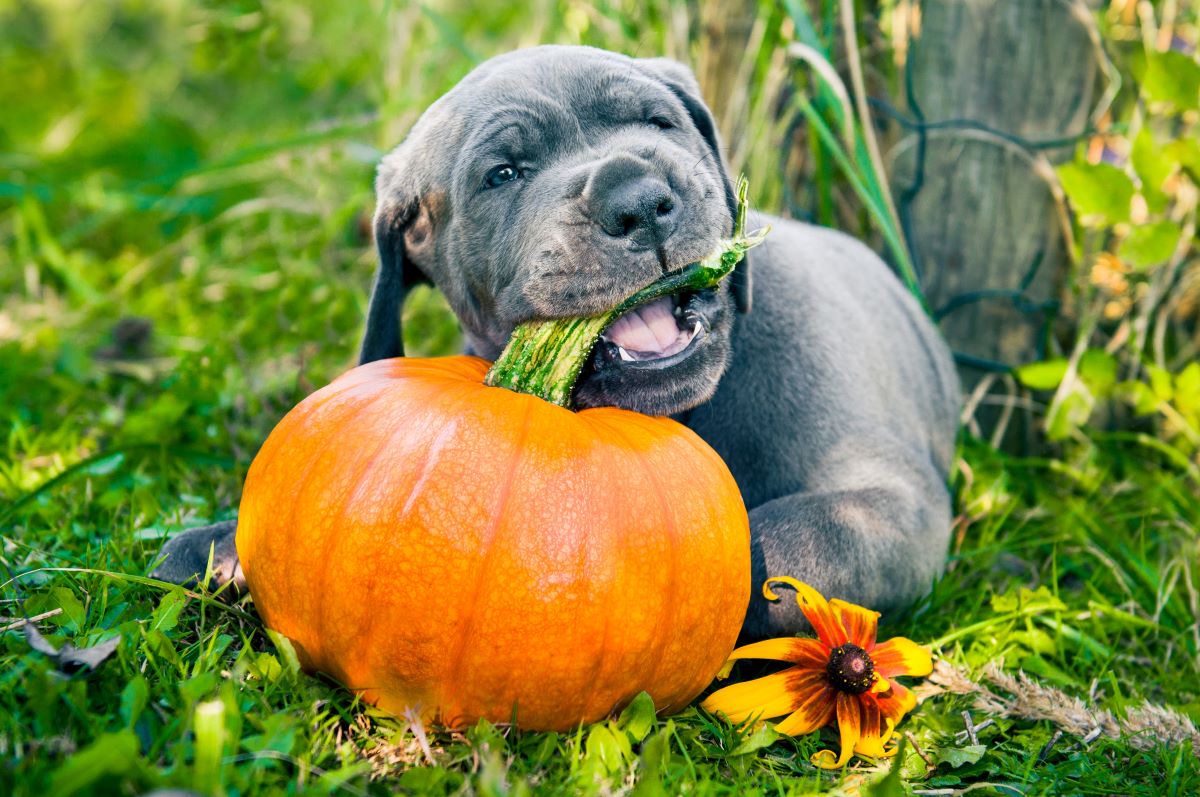
Blueberries
Blueberries for dogs are like candies for kids but much healthier. These superfoods are full of antioxidants and fiber that improve the pooches' overall health, prevent inflammation, and lower cancer risk. Although fresh blueberries for dogs are the best option, frozen and freeze-dried options are terrific additions to your dog's diet.
Cooked Salmon Treats
Most owners know that dogs need omega-3 fatty acids to support joint health, promote skin and coat health, and boost their immune system. However, many do not know thatcooked salmon skin contains more omega-3 fatty acidsthan fish meat. Instead of letting the skin go to waste, throw it in the oven or the air fryer to make cooked salmon treats crispy like chips. Then cut them into little squares or strips, and offer them to your dog as treats. Just the smell makes them do any trick for you.

Plain Rice Cakes
Although plain rice cakes lack nutritional value, they are safe treats for your dog. Because they are high in carbohydrates, you only want to offer them as occasional treats for dogs with severe food allergies. If you want to add some nutrients to the treat, you may want to smear a small amount of peanut butter on top of the plain rice cakes.
Watermelon Chunks
If your dog hates water or prefers flavored water, try adding some watermelon juice to their water. Watermelon chunks are a delicious and hydrating snack your pup loves during hot days. Don't worry about the white rind. Your pooch loves gnawing on it just as much as the red, juicy fruit. Be careful with giving your dog too much watermelon, which may sometimes result in diarrhea.

Watch Out for Treat Over-Consumption
Every dog owner wants to spoil their dog with love. You may think that giving your pooch extra doses of healthy natural treats only benefits their health. Although your heart is in the right place, you may do more harm than good. While this may sound counterintuitive, it's important to remember that having too much vitamin intake is detrimental to your dog's health.
Vitamin A
Vitamin A does wonders for your dog's skin and coat. However, excessive consumption of the vitamin encourages abnormal bone growth around the joints. Consequently, you may gradually see your furry pal becoming stiff in their movements. In extreme cases, they may even have difficulty moving their neck.
Sweet potatoes, carrots, pumpkin, and especially beef liver all have high amounts of vitamin A. Instead of incorporating all these foods into their diet, try alternating them as treats on different days.
Niacin (Vitamin B3)
Vitamin B is a water-soluble vitamin essential to dogs' energy metabolism, cognitive functioning, and skin and coat health. While consuming too much of most vitamin Bs only results in your dog urinating the excess out of its body, niacin is the exception to the rule. In high dosages, niacin causes skin sores, gum bleeding, and liver damage.
Foods with high levels of niacin include liver, chicken, tuna, and salmon. Be sure to limit these foods to small treat portions so that your dog receives the health benefits without suffering from the side effects of over-consumption.

Vitamin C
Vitamin C is a popular antioxidant that boosts your dog's immune system and promotes healing. However, dogs produce their vitamin C and don't usually need dietary supplements unless they suffer from various medical conditions. Over-consumption may cause diarrhea and upset stomach problems. Prolonged excessive consumption may result in liver damage.
Vitamin D
Vitamin D plays a critical role in regulating phosphorus and calcium levels, bone health, and muscle function in dogs. However, excessive intake may lead to hypercalcemia, a condition that damages the kidneys, heart, and other vital organs. Common symptoms of vitamin D over-consumption are drooling, vomiting, diarrhea, loss of appetite, rapid weight loss, and a constant need to drink water and urinate.
Moderation Is Key to Treats
When it comes to food, remember that everything should be in moderation. As much as you love to shower your furry pal with affection, it's best to limit the yummy treats according to safety standards. If in doubt, always consult with your veterinarian first. This way, you know that your pup gets the right nutritional balance without worrying about potential health risks.
With the right combination of natural treats and a healthy diet, your dog has a much better chance of living a long and happy life beside you.
For more canine-related information, subscribe to BreedExpert.
Was this article helpful?
YesNo

